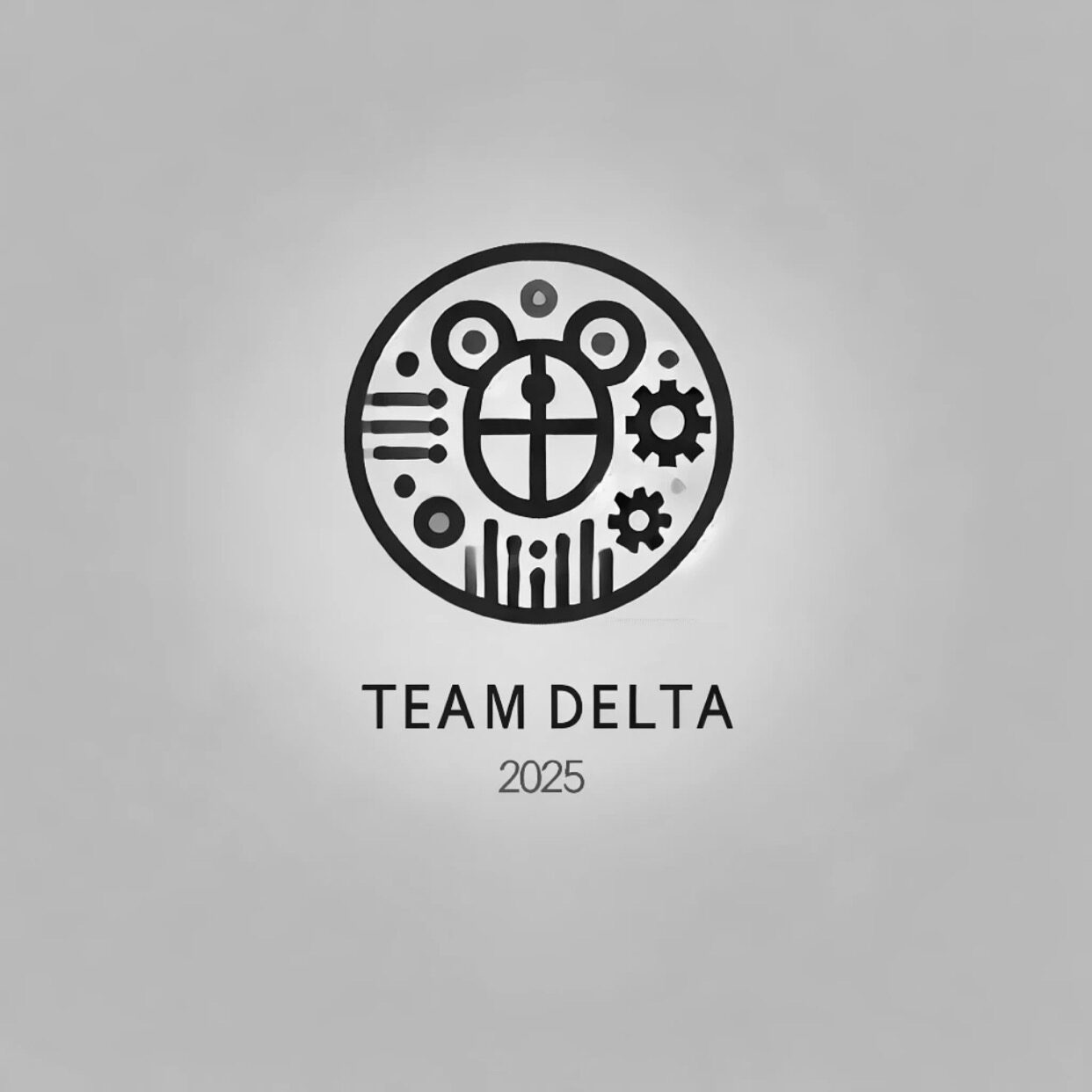
Our PCB was designed using the software Proteus. Proteus took the circuit diagram shown in the IR circuit section, labelled the individual components and helped us connect the components in the correct way without any overlap of connector points and copper lines.
We used the top half of our PCB board as we wanted to save space for any future additions such as our special feature or a place to store the battery (we ended up using the latter).

Bottom Layer

Top Layer
These images display the PCB design layers exported as bitmap files from Proteus software. The left image represents the bottom layer, while the right image shows the top layer, detailing the arrangement of components and routing of connections for the Micro Mouse project.

This image showcases the 3D visualization of the PCB design, highlighting the placement of components on the top layer of the board. It provides a detailed perspective of how the final assembly will appear in the Micro Mouse project.

This is the PCB after receiving it, now ready for drilling the component holes. Once the holes are prepared, the next step will be soldering the components onto the board


This is the drilling process, where holes are being precisely made for mounting electronic components onto the PCB.
This is the soldering process, where components are being securely attached to the PCB to establish electrical connections.

